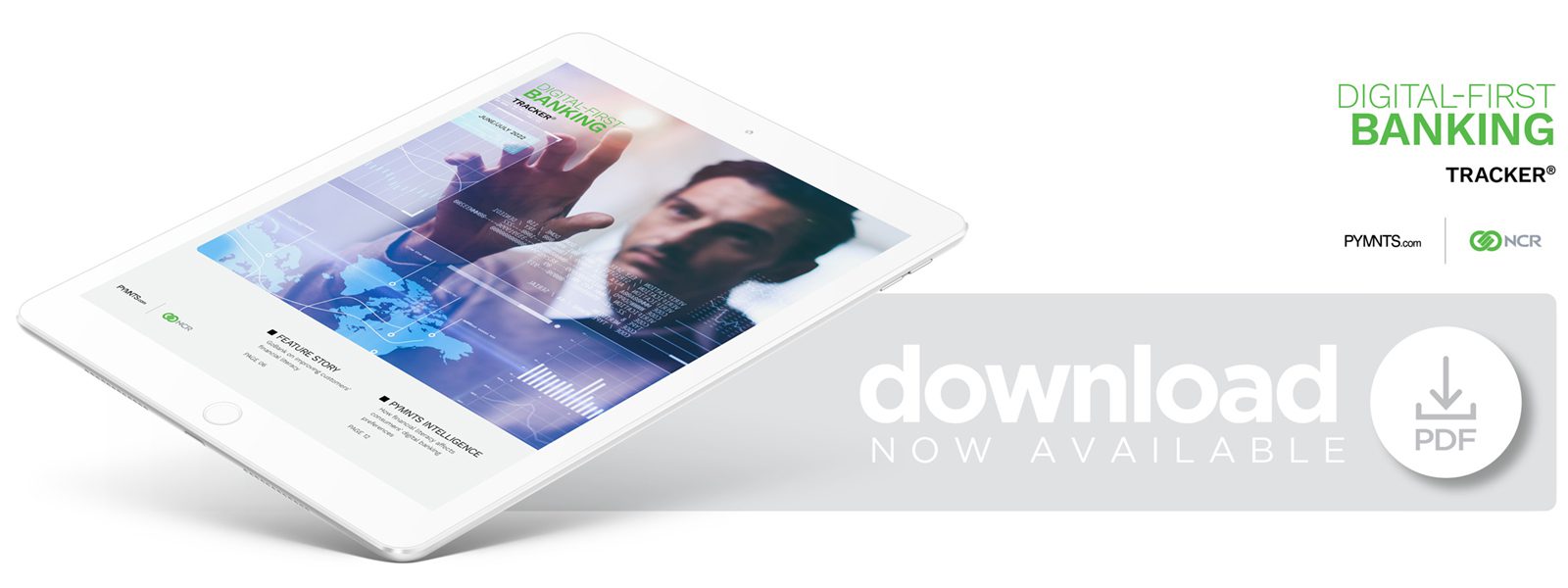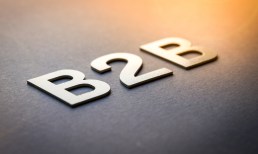Financial literacy is a significant concern for Americans, especially for younger generations such as millennials and Generation Z.
An increasingly difficult economy, coupled with a lack of well-rounded financial education in many public schools, means that younger consumers often lack a broad understanding of basic financial concepts such as interest, savings and mortgages. This makes them vulnerable to predatory influences, including payday lenders and get-rich-quick scams.
Some financial institutions (FIs) are taking the initiative to pick up where consumers’ schooling failed by actively working to improve their financial literacy and well-being. One example is online checking account provider GO2bank.
“One in four Americans have zero savings,” said Abhijit Chaudhary, chief product officer at GO2bank’s parent organization, Green Dot Corporation. “And only 16% of Americans know how to look at short-term [financial] metrics. This is what we want to change — and this is what we in the industry will change.”
Chaudhary offered PYMNTS some lessons on the importance of financial literacy and the steps that GO2bank is taking to improve its customers’ monetary savviness.
The Importance of Improving Financial Literacy
Financial literacy is a crucial life skill that, unfortunately, is waning in many individuals, particularly younger generations with less wealth. Lacking this know-how makes consumers prone to further financial hits, such as overdraft fees and late payments, which can quickly add up, resulting in a vicious circle that cripples them financially.
“How do we help our low to moderately wealthy customers get financially educated?” Chaudhary asked. “This is an important responsibility, because otherwise, [customers] will get taken for granted, and they’re charged massive fees. But if you educate your customers properly, they’re able to access short-term cash and make payments on time.”
Each customer’s financial situation is unique, however, and what works to educate one consumer might not work for another. This makes it imperative to communicate with customers directly and solicit feedback on what helps them, or these educational efforts will be for naught.
“We try to do a lot of testing [of] the customers: We get the feedback, we create mock-ups and we go into mass audiences and ask them, ‘What do you think of this?’” he said. “‘Do you like this user experience? Do you like this feature? Does it appeal to you?’ And based on that, we decide to invest in [financial education] products.”
How Banks Can Improve Financial Literacy
Informed by this extensive testing process, GO2bank offers a number of tools for its customers to improve their financial literacy and avoid exploitation by bad actors. Credit monitoring is one crucial method consumers can use to improve their financial health with minimal effort.
“We wanted to educate our customers on how important it is to monitor your credit beyond the FICO free credit score,” Chaudhary explained. “But let’s say you’re going on vacation, and you will not be able to check your bank accounts regularly. You can lock your credit in advance. We started educating customers to use this feature because this is going to help protect their credit. Since we launched this feature in January of this year, we’ve seen customers’ scores go up probably about 20 to 25 points.”
It is also vital that all of a customer’s regular payments are made in one place, because it is quite easy to forget about payments on different cards and overdraw due to unawareness of a regular payment. GO2bank helps customers monitor these payments by consolidating them in a single stack.
“When a customer gets a product, they always get very confused, because some people forget that they’re paying a given bill via a different card,” said Chaudhary. “What we did is we introduced a [bill-consolidation] service that has all your subscriptions: Netflix, Hulu — you name it; it’s there. And you’re able to automatically switch the credit card number at those subscription sites. You don’t have to individually go to all the 10 different places where you have subscriptions.”
This offers customers the ability to stay on top of their regular payments and avoid late fees or overdrafts. This might be a small step toward improving financial literacy, but every little bit counts when starting from the ground up.





